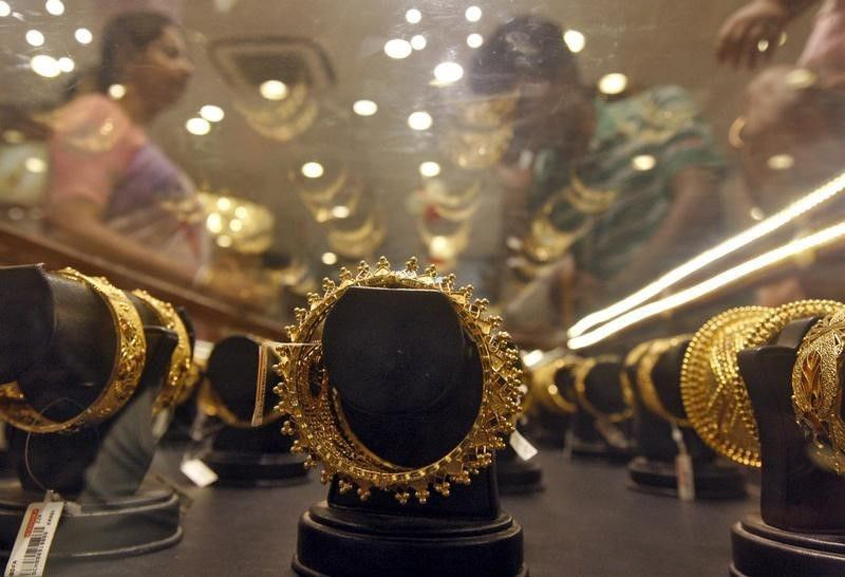This (8%) would roughly be the same gain which the yellow metal had shed after the Brexit event. “In rupee terms, I see gold prices reaching Rs 34,000/10 grams in the next three months supported by the ongoing festive demand,” says Mustafa Nadeem, CEO, Epic Research Pvt. Ltd. The yellow metal is currently selling at about Rs. 30,000/10 grams. A significant consumption demand emanating from the rural belt — thanks to good monsoon — would take bullion demand (and its prices) up in the domestic market, adds Nadeem. Besides, the new stated policy of the RBI to pay less (real) interest to savers would also push people to buy more of the lustrous metal since it guarantees much better returns than what banks would pay now.But, before moving up, gold prices might come down a bit more. Its prices can go below 30,000/10 grams. “In a run up to the impending rate hike by the Federal Reserve, gold might suffer a bit. But it would be short lived for sure,” says Chirag Mehta, senior Fund Manager with Quantum AMC. And as the event gets over, “I am very positive on gold prices moving up there on”, says Mehta.
Ultimately, it is the game of yields (returns), adds Mehta, that generally defines investors’ behavior and as the glitter of gold never fades over trying times, people tend to buy more of it to counter economic and political uncertainties. There are many global headwinds — that many feel is not going to fade away soon — which would keep the global demand alive for gold taking its prices higher from its existing level of about $1262/ounce in the global market. “Whenever the real interest rates (interest on bank’s savings minus inflation) are negative — as these are currently — the returns from gold has always been higher,” says Nadeem. Moreover, Central banks across the globe are also buying the metal to boost their gold reserves which would also support gold prices going forward.
India ranks among the top consumers of gold, having an annual appetite of over 850 million tones. Gold has been one the top import items that eat away the nation’s precious foreign currency reserves, thus impacting its trade balance negatively. The government has been dissuading people from buying gold by imposing a hefty import duty on its import, thus making it costlier for buyers.

